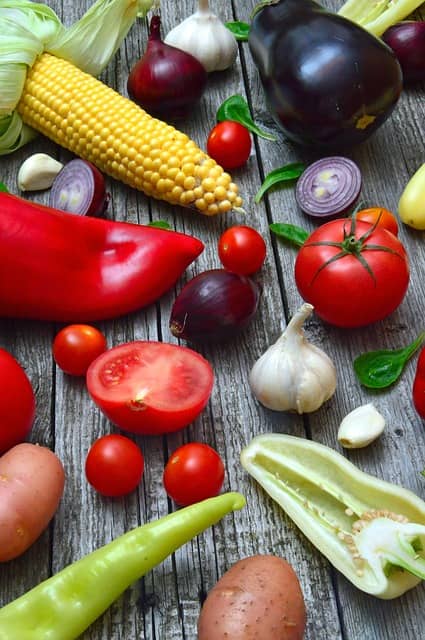Flavors of Tlaxcala give shape to a multitude of aromas and colors that are a real delight
Traditional Tlaxcalan cuisine is not only delicious but also full of symbolism, colors, and aromas, as well as dishes that are prepared with patience and love for others.





